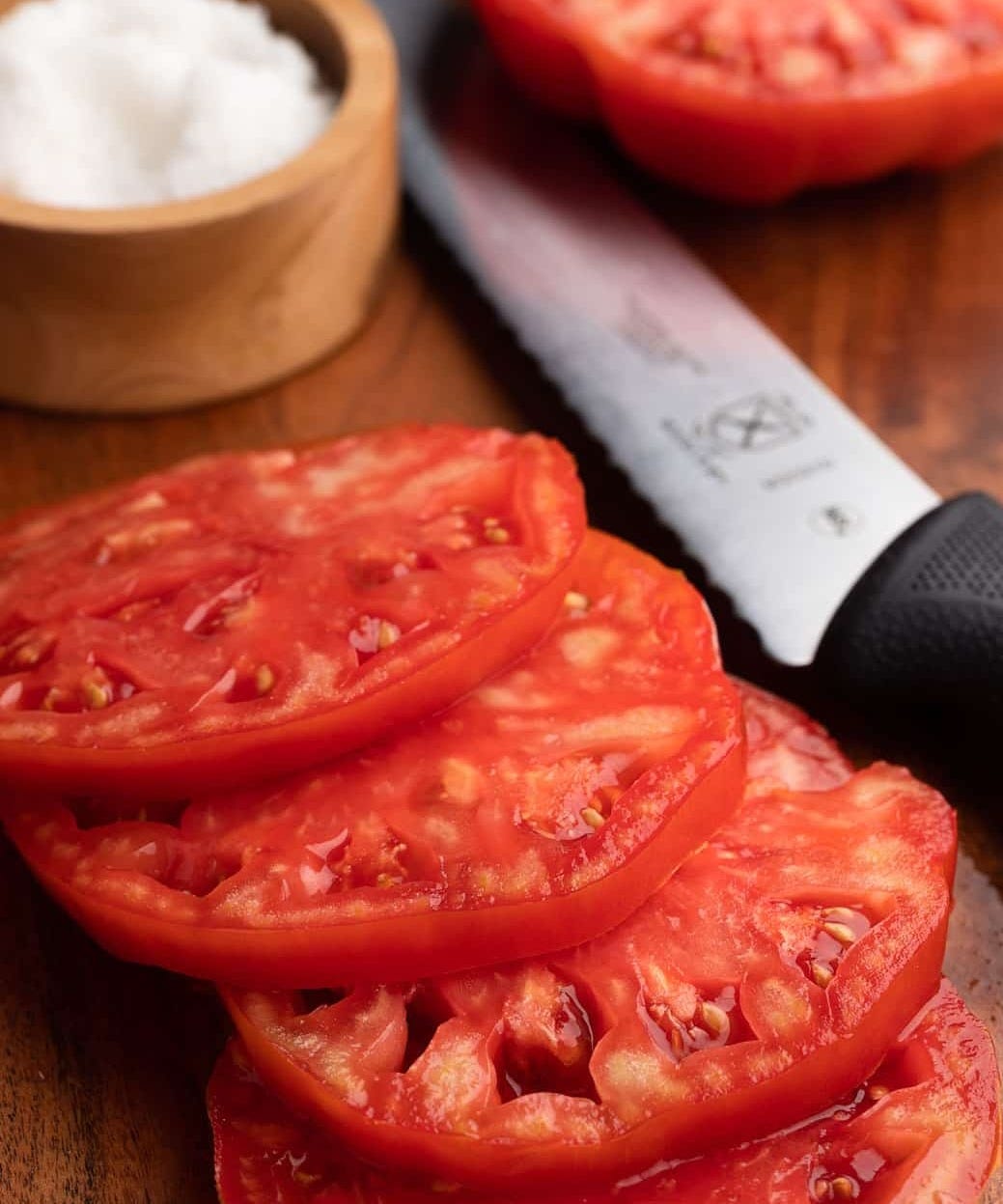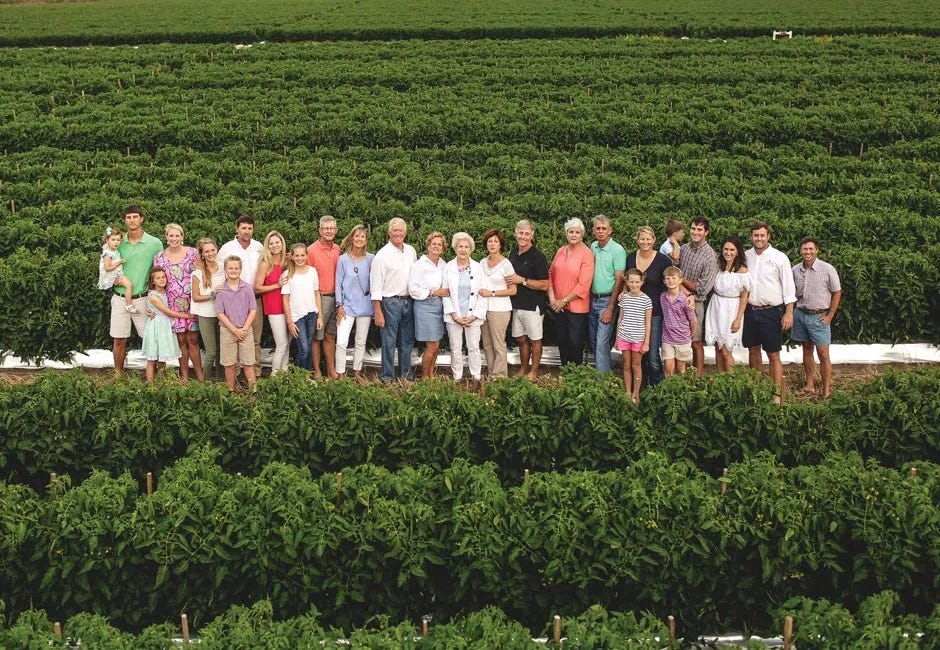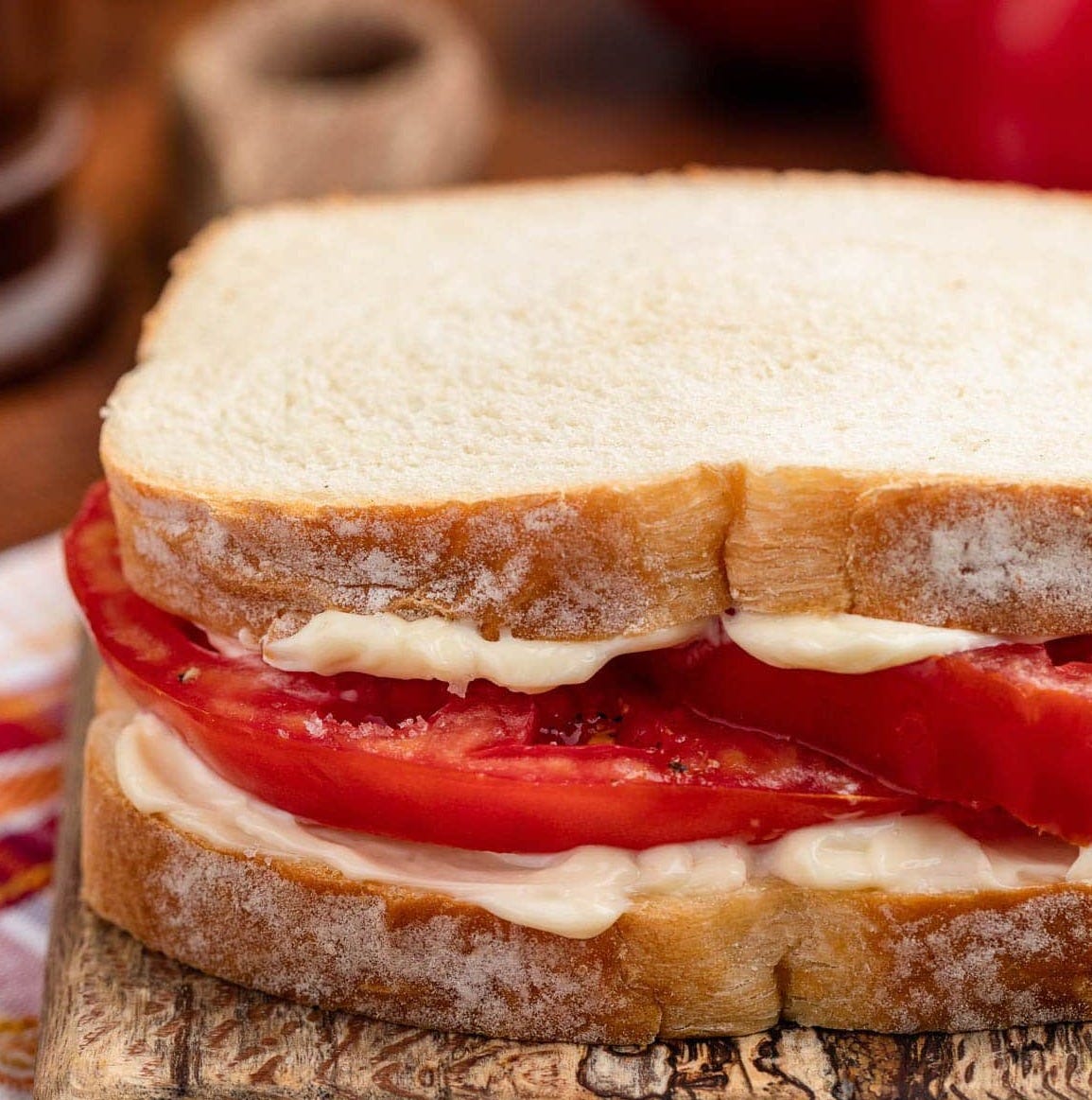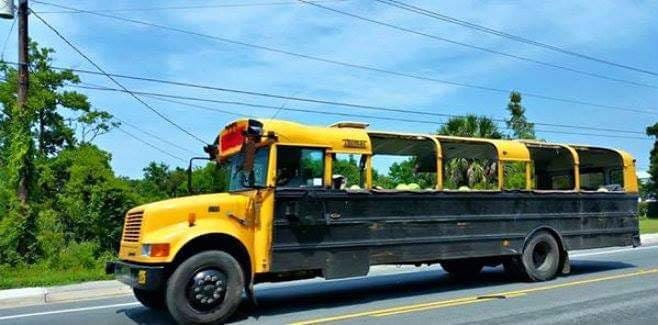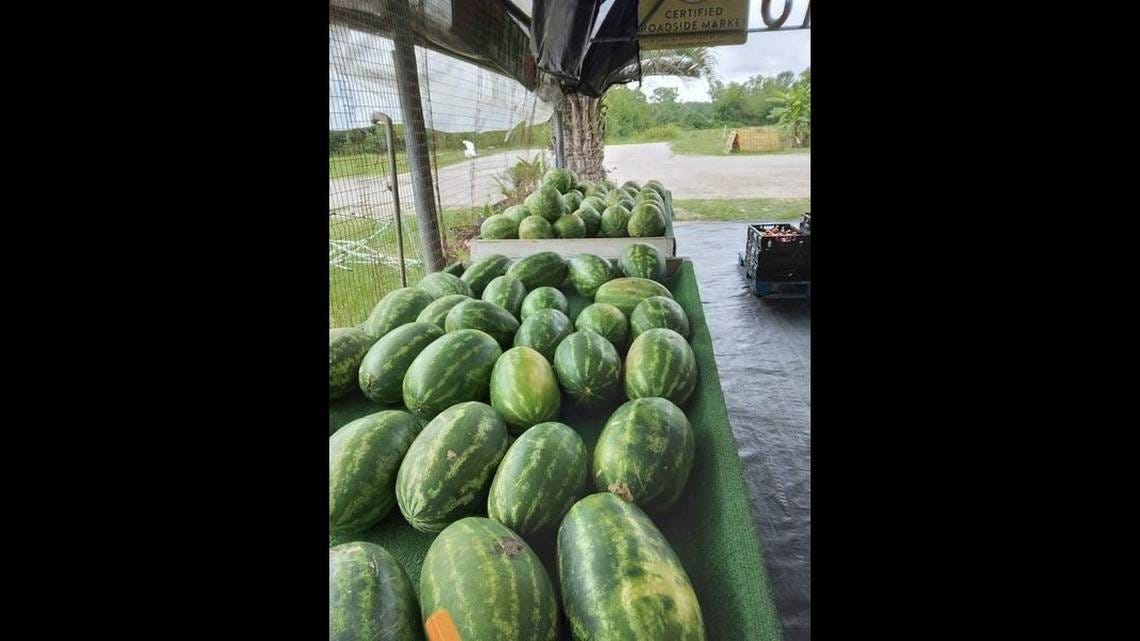You Say Tomato, I Say Delicious
24 million pounds of tomatoes will be shipped this summer. A St. Helena Island family makes way for the sixth generation. Unbelieveable!

Miles of coastline meander through St. Helena Island, where towering live oaks lean dreamily over the road, their low branches almost hidden by gray moss and tangled vines in the underbrush. Tides of time have weathered old barns while tired timbers hang on.
On any steamy June afternoon in the Lowcountry, the sun sears the good earth below as dust rises from the fields. Hundreds of workers are moving constantly. They reach through the leaves of several-foot-tall, bushy green plants, snapping tomatoes clean off the stem, piling them into buckets, filling them to the brim, and hauling them to the closest truck. Rows of trucks are lined up along the sandy road and waiting.
Fields of tomatoes end abruptly in the great salt marsh, pluff mud, and the winding tentacles of nearby creeks.
At this place, across 400 of the 1,000 acres that make up the family-owned Seaside Farm, the work continues. By the end of the month, some 24 million pounds of round beefsteak tomatoes will be picked, packed, and shipped while they ripen in their crates, turning red before they reach grocery store shelves.
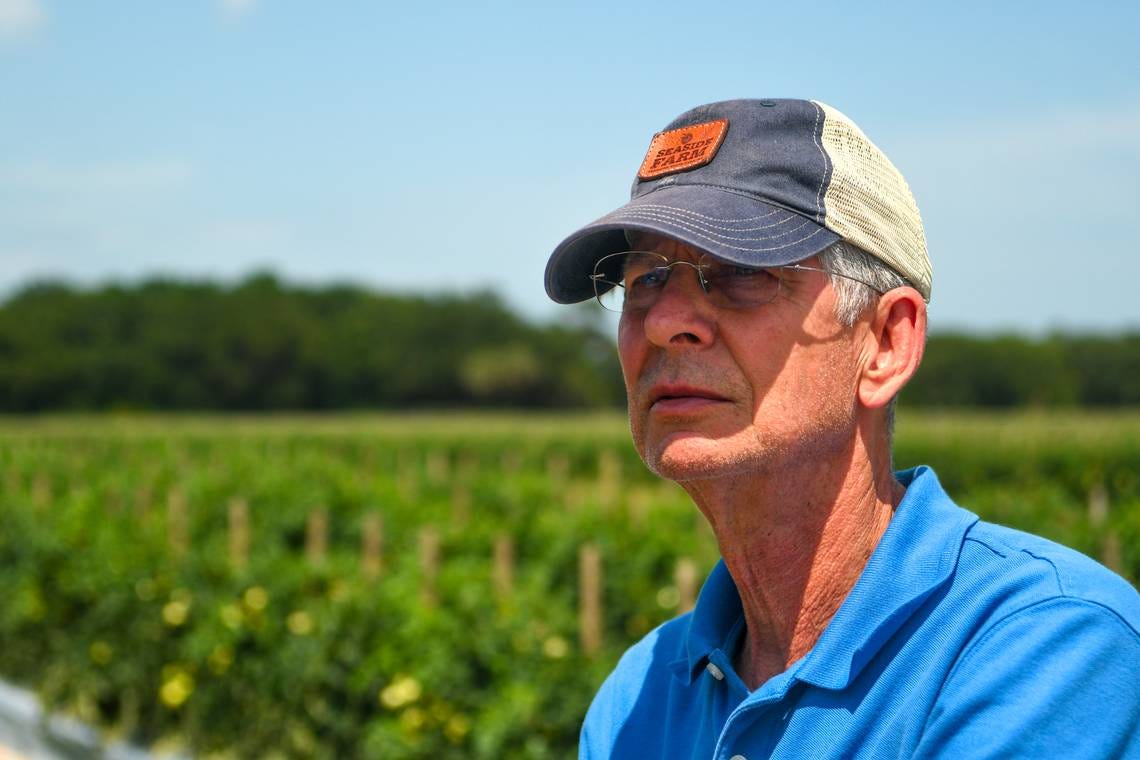
“Almost any tomato placed on a Burger King Whopper or sold in a grocery store on the East Coast from June 1 to July 4 will have been grown in Beaufort County,” says Sanders. “Some years, growers make a killing; other years, they struggle to break even.”
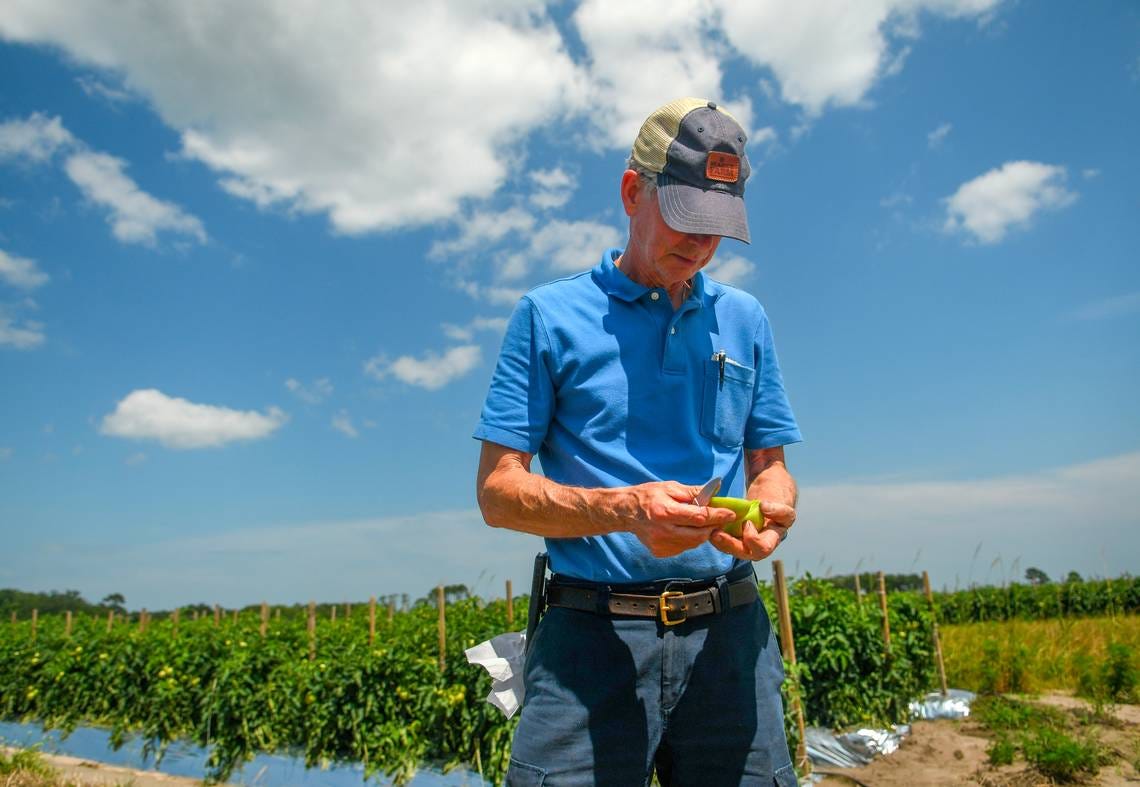
It was Gustav “Gus” Beauregard Sanders who started it all five generations ago. He understood that the hot, heavy air and the salty, sandy soil were the ideal terroir for luscious, flavorful tomatoes. There was no one out there but the Sanders family for many years; the road from the house to the farm was dirt, and they worked all the time. But with the river in their front yard, each generation has stories about growing up, going down the river, sailing, fishing, and swimming all summer.
I ran into the Sanders one afternoon in the kitchen at St. Helena’s Church. They were dropping off large brown paper bags filled with Sea Island tomatoes. I was helping to prepare for Wednesday night supper that afternoon, and tomatoes were a high priority on the menu. “Hope you have plenty of soft white bread and Duke’s mayonnaise,” said Mac Sanders. I assured him we did. “You can ruin a good tomato if you don’t have Dukes.”
The quintessential taste of summer.
The Threads of its Past: When Cotton was King
Seaside Farm sits in the heart of a community called Frogmore on St. Helena Island, and to understand its present-day culture, one must search the threads of its past.
The thriving pre-war economy of the Lowcountry relied on the labor of thousands of enslaved people to produce its famed Sea Island cotton. In November of 1861, while the Civil War raged fiercely throughout the South, the Union Army took control of South Carolina barrier islands. Eventually, when the war ended, former slaves would stay in the area and farm cotton under the new management at 4 cents per pound. Soon, Sea Island cotton farming came to an end with the infestation of the boll weevil in 1917. Following the devastation, the Sea Islands shifted to growing other crops and engaged in truck farming, which focused on producing vegetables for local markets. It also led to tourism and recreation.
The descendants of the slaves are now the Gullah Geechees of the coastal regions of the Southeast. St. Helena Island is considered to be the epicenter of Gullah/Geechee life, both historically and in the present day.
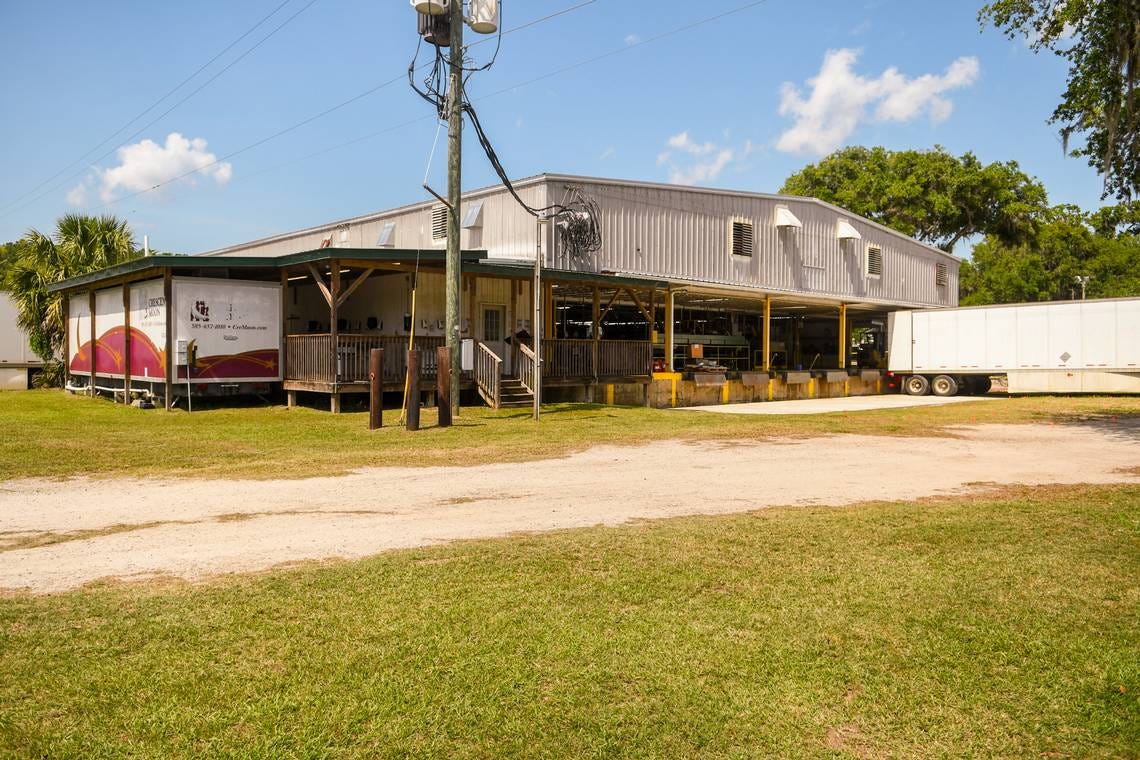
Have you ever seen a watermelon bus? Only in Beaufort.


